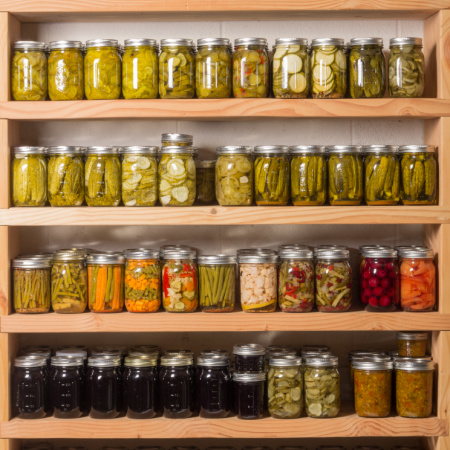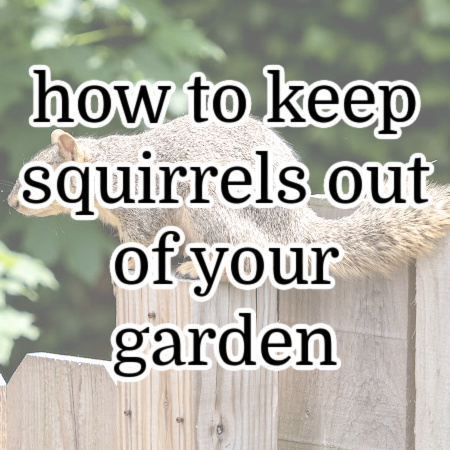Raised Bed Vegetable Gardening (Tips for Beginners!)
If you’re thinking about starting a garden, raised bed gardening is a great way to go! Whether you’re a total beginner or a seasoned pro, this method is organized, efficient, and beautiful.
Pin this post for later!

(This post contains affiliate links. If you click one and make a purchase, I may receive a commission at no extra cost to you. Read the disclaimer here. Thank you for your support!)
You can grow all sorts of plants, from veggies to flowers and herbs. Plus, raised beds offer lots of benefits like better drainage, improved soil quality, and less strain on your back and joints.
Before you get started, it’s important to think about a few things, like what materials and size of raised beds you want, which soil and compost mix to use, and what types of plants you’d like to grow.
With a little bit of planning and care, you’ll have a thriving garden in no time.
And don’t worry, I’ve got lots of expert tips to help you succeed. Keep reading to find out everything you need to know to create a flourishing raised bed garden in your own back yard!
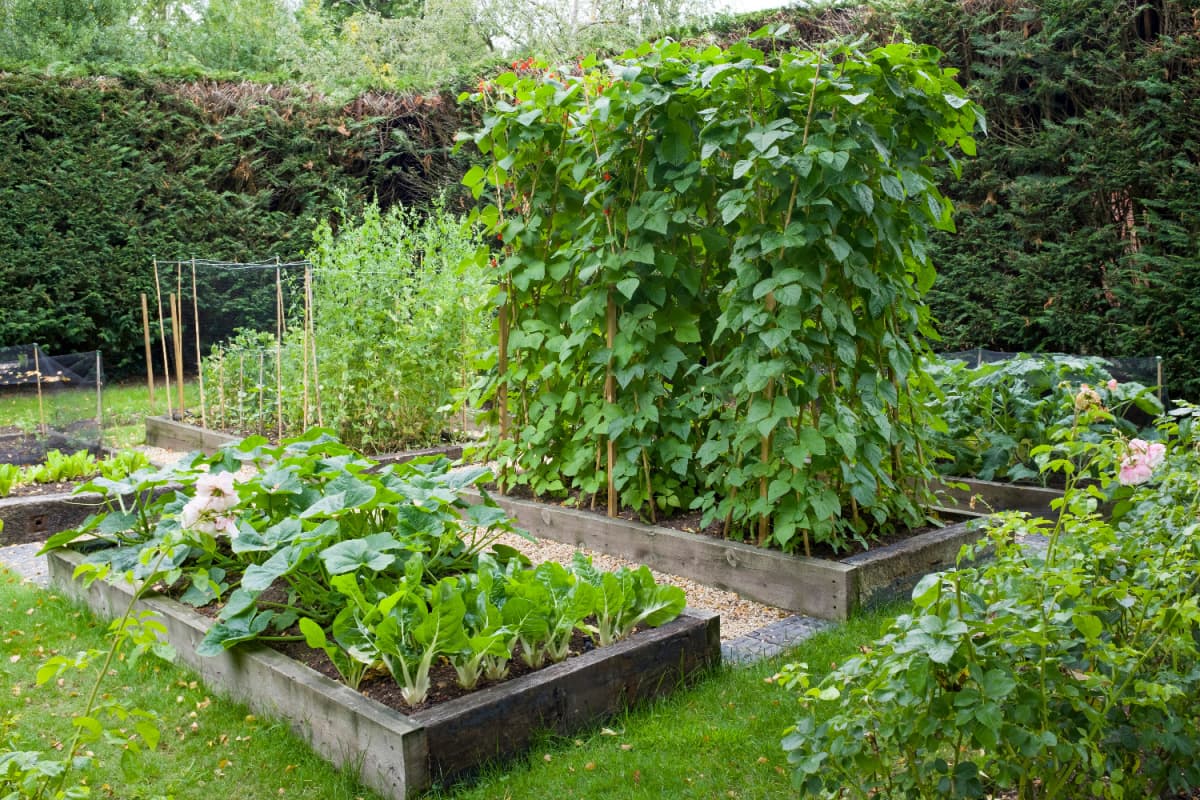
Benefits of Raised Bed Gardening
It makes your soil healthier
When you create a raised garden bed, you have the ability to control and tailor the soil conditions. This is particularly beneficial if you have poor soil in your area.
You can fill your raised bed with a mix of high-quality topsoil, compost, and other organic materials, which enables your garden plants to thrive.
Additionally, raised beds promote better drainage and prevent soil compaction, ensuring that your plants have healthy roots.
More food!
One of the best things about raised beds is that they allow for higher yields in vegetable gardens.
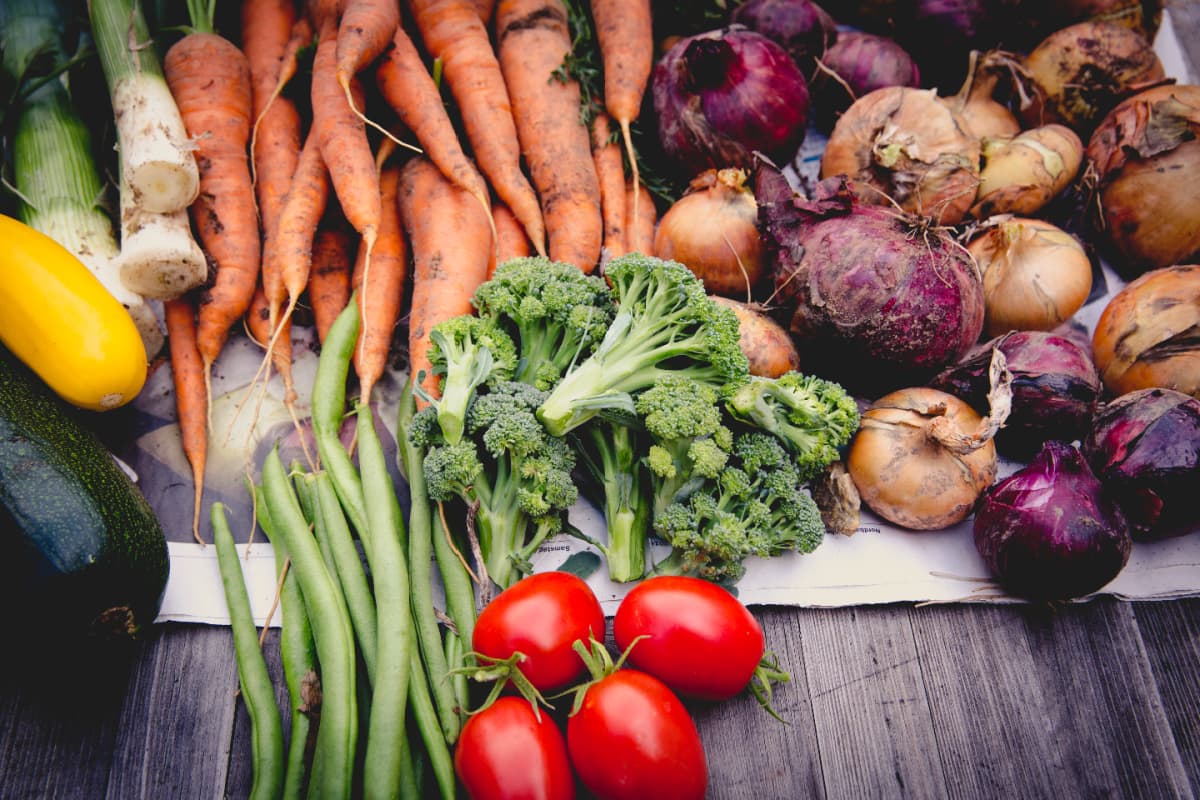
In a raised garden bed, plants can be grown closer together because there’s no need for walkways between rows.
This efficient use of space enables you to grow more food in a limited area, making it ideal for those with limited space or urban gardens.
Plus, the improved soil conditions in raised beds contribute to healthier, more vigorous plants, which in turn leads to increased yields.
All that means more yummy veggies for you!
Easy access (and it won’t hurt your back!)
Raised garden beds are much easier to access and maintain for gardeners.
The elevated nature of the beds allows for better access to your garden plants, reducing the need for bending and kneeling.
This makes your gardening tasks, such as planting, weeding, and harvesting, way more comfortable.
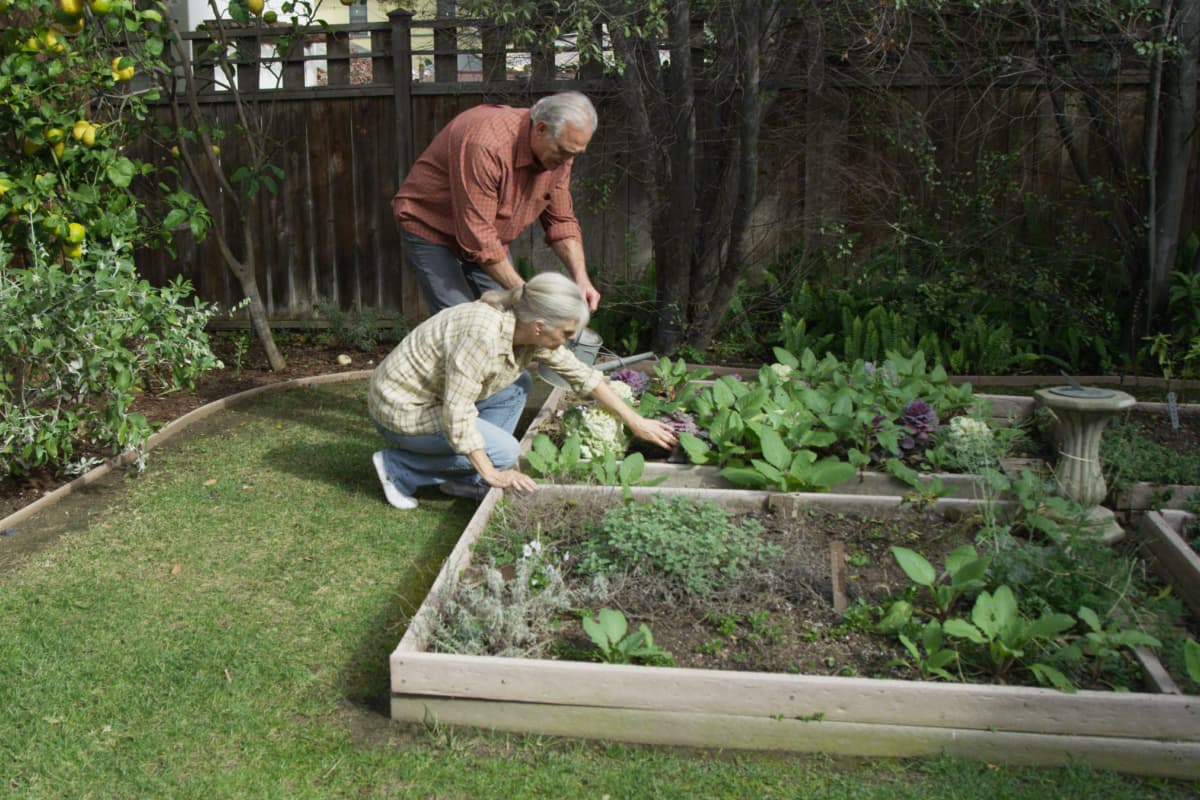
Another benefit of raised beds is that they require less maintenance.
Since garden plants are grown closer together, there is less room for weeds to take hold.
And, because of their higher position, raised beds provide some natural pest control. They can discourage slugs and rabbits from invading your garden, which is always a win!
To make sure your raised bed gets the most benefits, follow these guidelines:
- Position your garden bed in an area that receives at least 6-8 hours of direct sunlight each day.
- Ensure your raised bed is near a water source for easy watering.
- Plan your garden layout carefully, taking into consideration the hours of sunlight your plants require.
Building and designing your raised beds
Choosing the right spot
When you’re planning your raised bed garden, choosing the right location is crucial. Here are some important factors to keep in mind:
- Make sure your raised bed will get at least 6-8 hours of sunlight daily. (I know I just said that, but it’s so important!)
- Avoid low-lying areas where water may accumulate, as this can lead to root rot.
- Ensure there is easy access to water, especially if you plan to install a soaker hose or drip irrigation system. (Again, this is crucial.)
- Space your raised beds out enough that you can easily maneuver between them, and if you need to mow around them keep that in mind too. You can also mulch or put gravel around the raised beds if you don’t want to deal with weeds or grass around them.
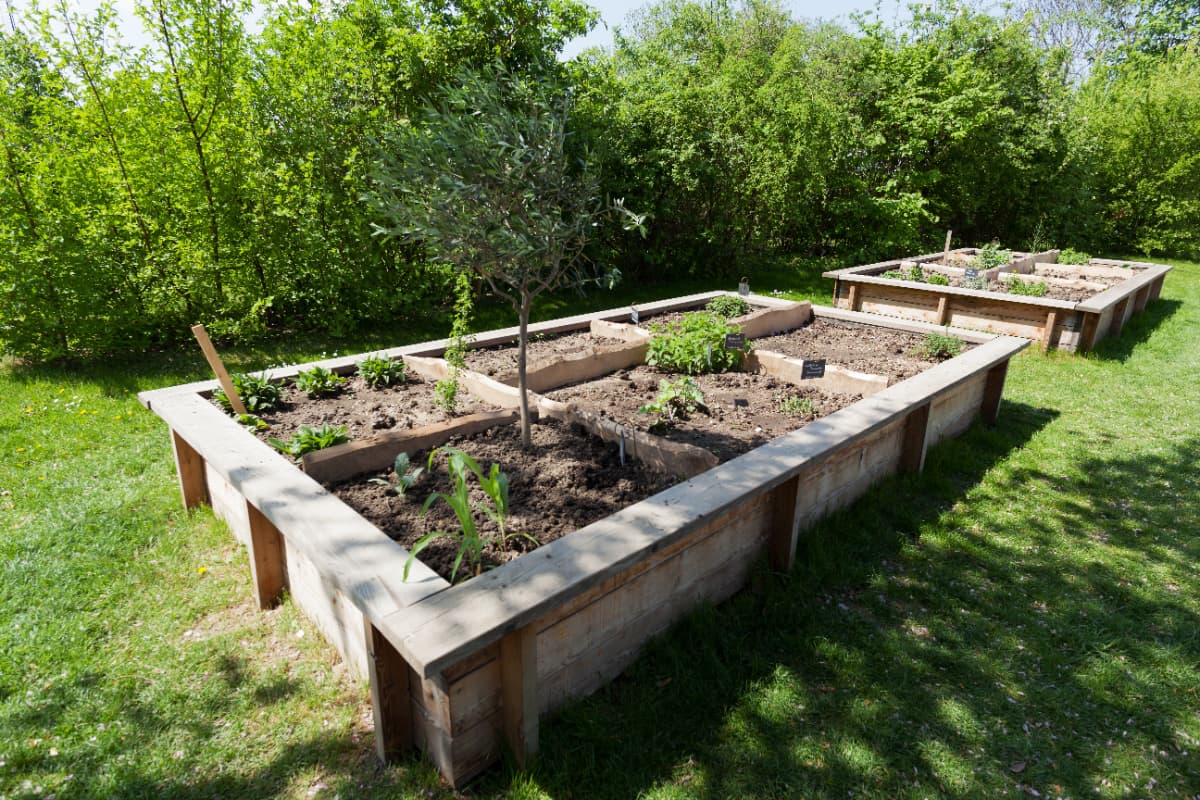
Selecting your materials and supplies
For raised bed construction, choose durable and rot-resistant materials such as:
- Galvanized steel – These kits are super convenient, I bought several for our back yard this year.
- Cedar or cypress boards – Cedar has natural rot resistance and will last longer than other woods
- Bricks and masonry
- Natural Stone slabs
- Untreated wood
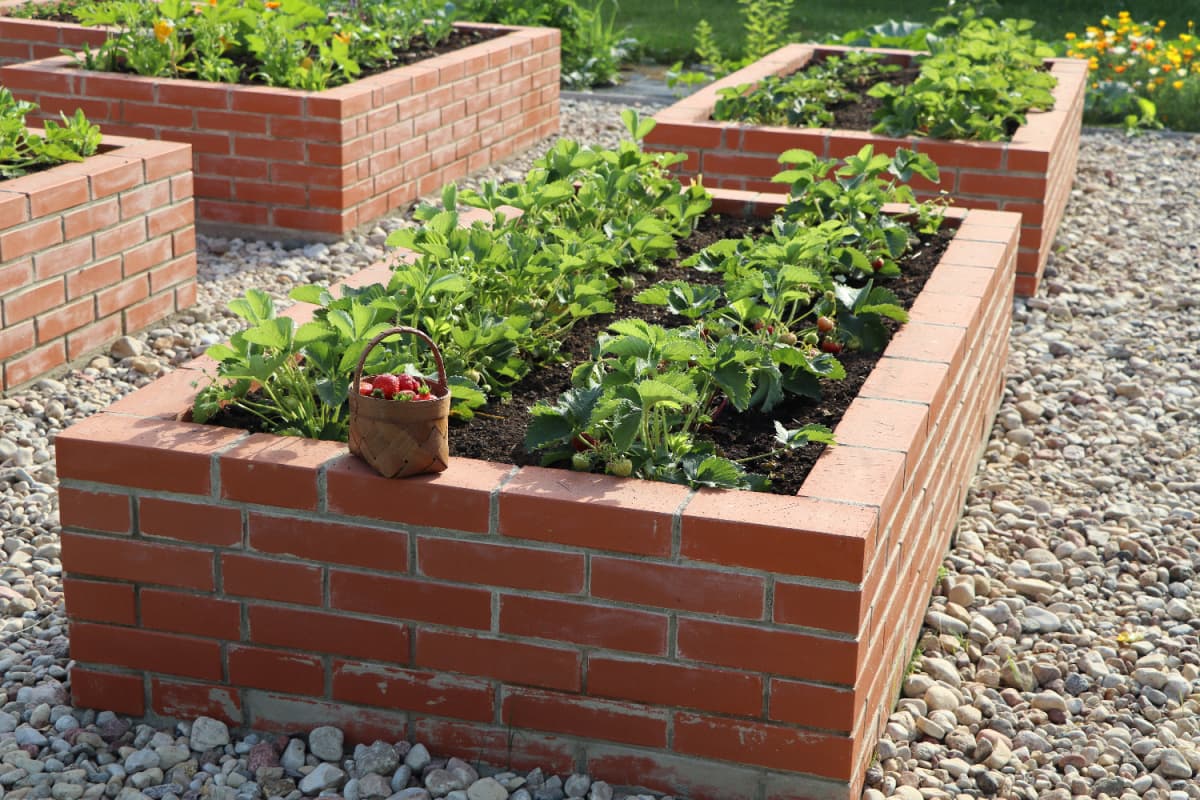
When selecting the size, consider the following factors:
- Width: Keep the width of your garden bed around 3-4 feet, making it easy to reach the center from either side. This is very important!
- Length: Choose the length according to your available space and desired number of plants. 6 to 8 feet long is a pretty popular size.
- Height: Raised garden beds should be at least 6 inches above ground level, but more height can be beneficial for improved drainage and easier gardening. A foot tall is the most common height, and you can make them 2 feet tall if you really don’t want to bend over too much- although it’ll take more soil to fill them that way.
Preparing your garden site
Before assembling your garden boxes, prepare the site by following these steps:
- Remove weed and debris: Clear any weeds, grass, and debris from the selected area.
- Level the ground: Ensure the soil is level so that the raised bed will sit evenly.
- Assemble the bed: this all depends on what kind of raised bed you’re going with
- Lay down weed barrier: It can be helpful to place a barrier beneath your raised bed to prevent weeds from infiltrating your garden, but this is optional. You can also use cardboard. There’s a picture of one of our raised beds down below with cardboard at the bottom.
- Add some sticks: This is optional, but can save you some money on soil cost. Hugelkultur is a cool German gardening method where you put layers of sticks, garden waste, and other organic debris to the bottom of your raised bed before you add the soil.
- Add the soil: Fill your newly built raised garden bed with a mix of garden soil, compost, and other organic amendments.
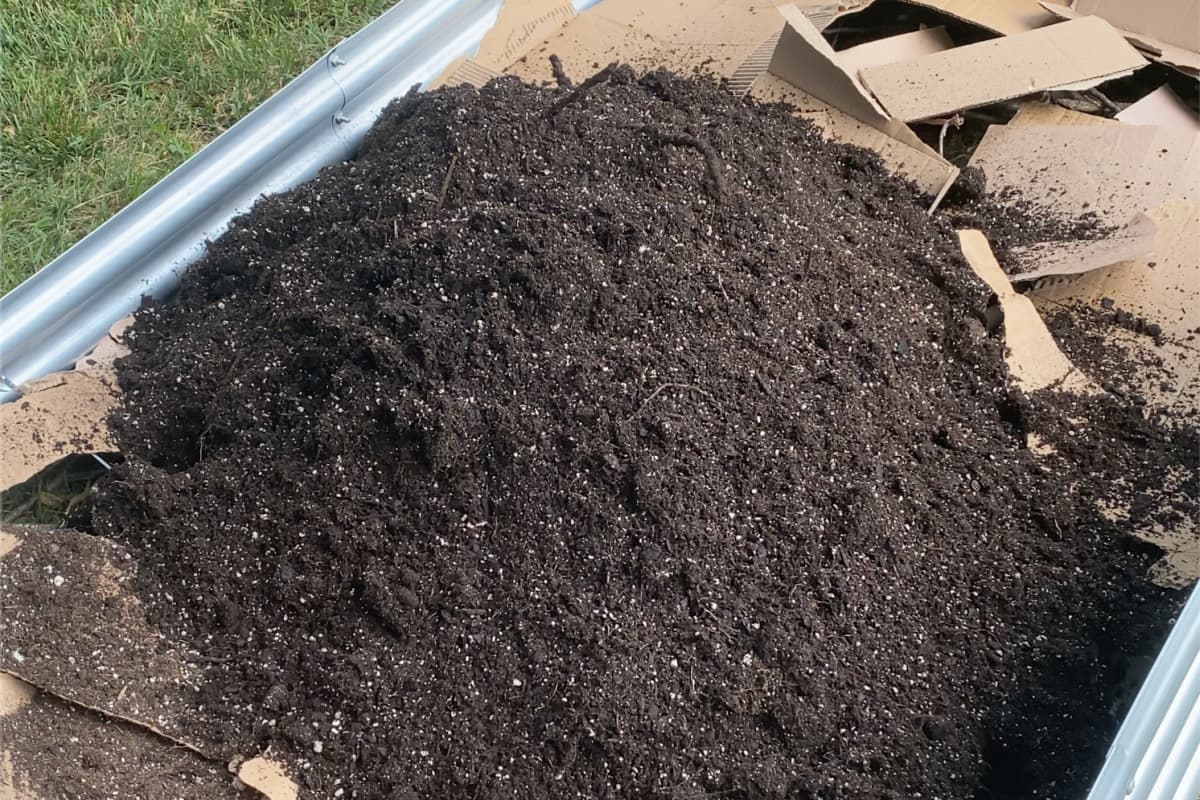
At this point you might consider adding a drip irrigation system or soaker hose to maximize water efficiency and evenly distribute moisture to your plants.
Install the drip lines or hoses along the length of the bed, positioning them close to the plants for optimal watering.
Let’s talk about soil
Best raised bed soil mix
When preparing the soil for your raised bed, it’s important to create a nutrient-rich environment for your plants.
I recommend combining equal parts compost and a good quality potting mix. This blend will offer a light (well draining) and nutrient-dense medium for your plants to thrive.
When selecting compost, you can incorporate various types, such as composted manure or mushroom waste, along with plant-based compost.
You can either purchase bags of compost, or make your own with a compost bin.
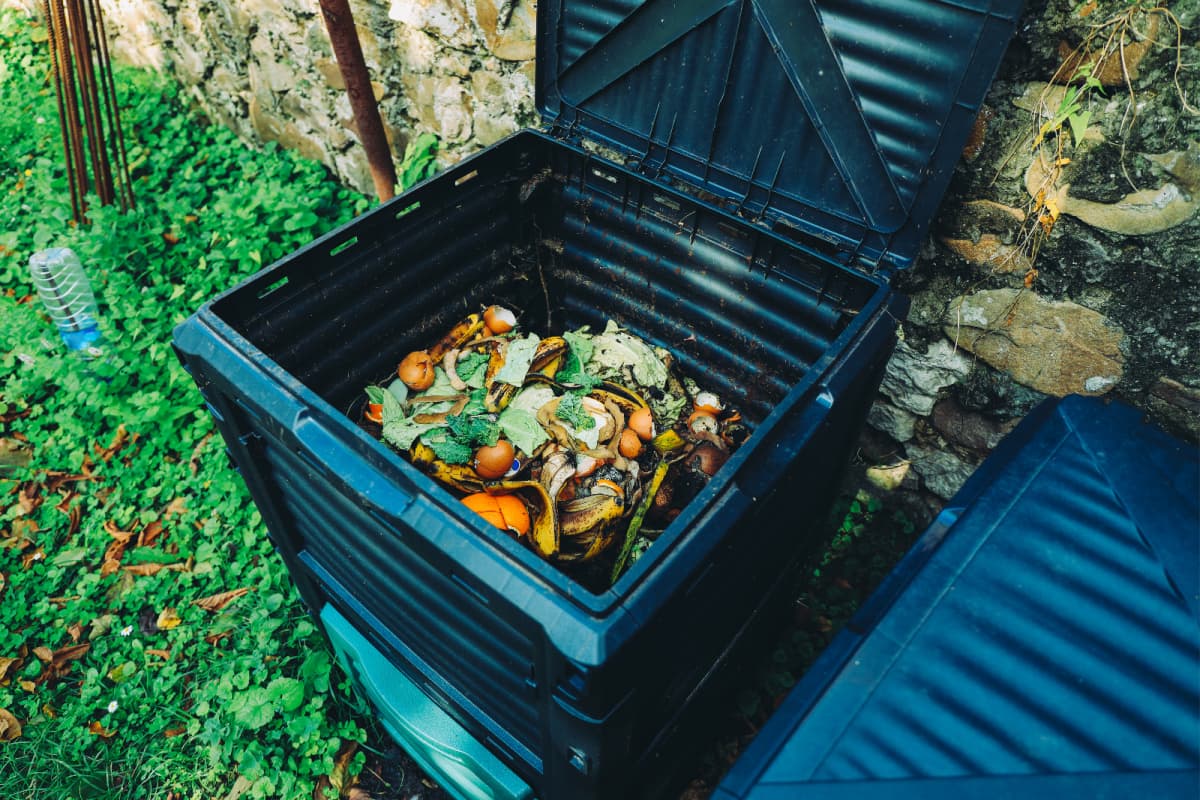
If you decide to make your own, just know it needs to compost for quite a while. Sometimes it takes as long as a year to fully break down.
You can speed things along by getting a worm bin, though!
Incorporating organic matter
Organic matter plays a crucial role in creating a healthy soil ecosystem.
By adding materials like sticks, pine cones, and leaves to the bottom of your raised beds before filling them, you’re not only taking up space (and saving on soil costs), but also allowing these elements to decompose and release nutrients into the soil.
You can also consider adding organic fertilizers like worm castings, which act as a slow-release source of important soil nutrients.
If you don’t have a compost bin set up yet, lots of gardeners swear by composting in place. This is basically where you bury plant matter or even some kitchen scraps right in your garden soil and let it compost in place right next to your plants!
Just be careful if you have any critters in your area that might be attracted to the smell.
Improving the nutrient content of your soil
Your raised bed garden’s success relies on the availability of essential nutrients to support plant growth. Soil amendments are a great way to ensure your plants have all the nutrients, minerals, and trace elements they need. Some common soil amendments include:
- Compost: As previously mentioned, incorporating various types of compost is essential for creating a fertile and nutrient-rich environment for your plants.
- Worm castings: An excellent source of organic fertilizer, worm castings provide essential nutrients while also improving soil structure.
- Organic fertilizers: These can include kelp meal, bone meal, or cottonseed meal, which offer various nutrients for your plants and improve overall soil quality.
- Animal poop: Yes I said it. If you have chickens or rabbits, they’re poop can add all kinds of wonderful stuff to your garden soil. Just make sure if you have chickens you let their manure compost for at least 6 weeks so it doesn’t burn your plants. You can put rabbit poop right in the garden as soon as you receive it without any composting!
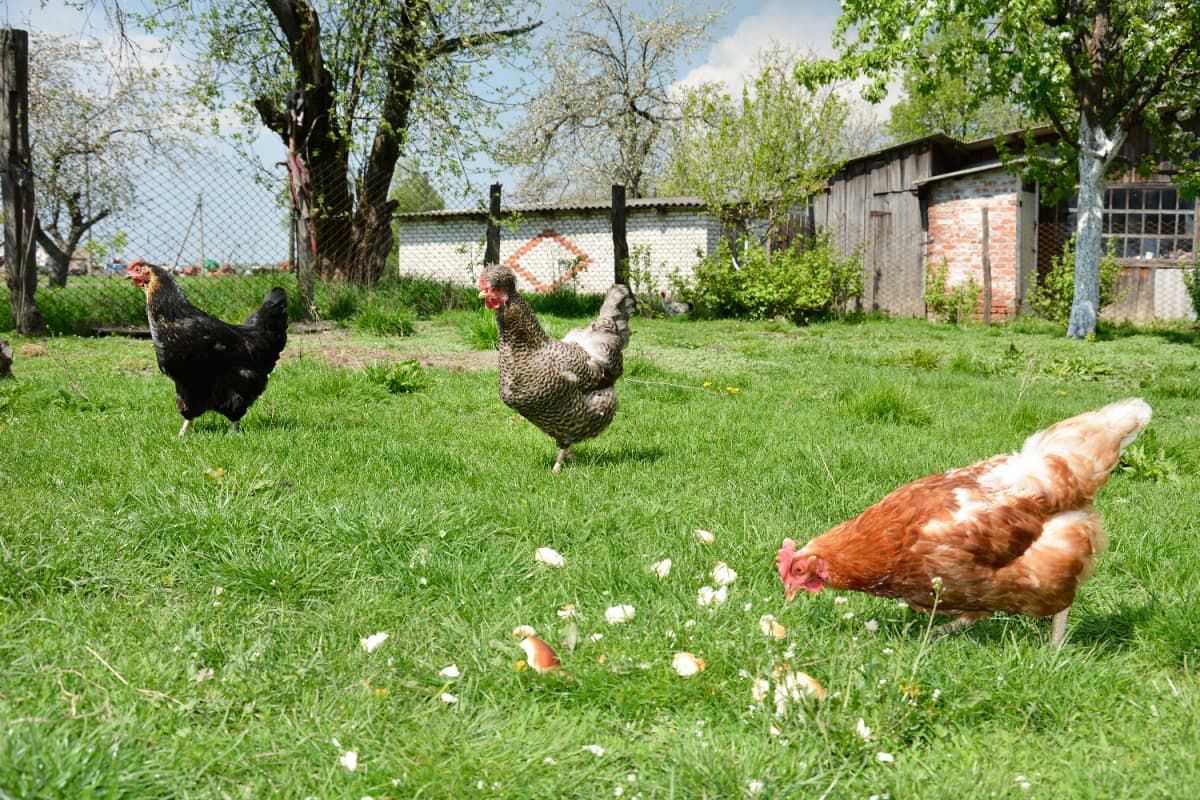
Remember to keep track of the soil amendments you’ve added and the amounts used. This will help you keep track of what works and what doesn’t, and set you up for raised bed gardening success.
Planting and growing techniques
Spacing out your plants
When planning your raised bed garden, think about the given space and the variety of plants you want to grow.
One technique to maximize small spaces is square foot gardening. This method organizes your plants into grids of one square foot, allowing you to grow a variety of plants in a compact area.
Here’s how to get started with square foot gardening:
- Determine the size of your raised bed, ensuring there is enough space for the plants you want to grow.
- Divide your bed into square foot sections using string or wooden slats.
- Choose plants suited for the square foot gardening method.
- Place plants into the grid according to their spacing requirements.
I highly recommend grabbing a copy of this book about raised bed gardening if you want to go this route. It’s a great way to grow a lot of veggies in a small space!
Companion and succession planting
Companion planting is a practice where you grow two or more plant species next to each other that support and benefit each other.
This can enhance plant growth, reduce pests and diseases, and maximize space. Here are a few examples of what I mean:
| Companion Plants | Benefits |
|---|---|
| Tomatoes & Basil | Enhances flavor, repels pests |
| Carrots & Radishes | Reduces competition for space |
| Beans & Corn | Beans add nitrogen to the soil |
Succession planting is another useful technique for raised bed gardens, helping you get multiple crops from a single growing season.
It basically just means that you plant certain things early in the year, then a bit later plant some other things, and continue doing that until late season.
Here’s an example of succession planting:
- Start by planting early-season crops, such as lettuce or radishes.
- Once the early-season crops are harvested, plant mid-season crops like carrots or beans.
- Finally, replace mid-season crops with late-season crops such as kale or Brussels sprouts.
Using cover crops
Incorporating cover crops in your raised bed gardening can provide numerous benefits, such as adding nutrients to the soil, cutting down on weeds and preventing soil erosion.
Here’s how to use cover crops:
- Choose a suitable cover crop, such as annual ryegrass, crimson clover, or hairy vetch.
- Plant the cover crop at the end of the growing season.
- Once the cover crop has grown, cut it down, and incorporate it into the soil before planting your next crop.
Maintaining your raised bed garden
Watering
When it comes to watering your raised bed garden, the use of a drip irrigation system or a soaker hose will make your life much easier.
These methods ensure that water reaches the plant roots efficiently and helps promote deep root systems. Plus you don’t have to stand out there with a hose every morning!
Drip irrigation is particularly useful for targeting water directly to each plant, minimizing evaporation and water waste.
Make sure to water your garden early in the morning or late in the afternoon. And sometimes on very hot, dry days you may need to water twice.
Fertilization tips
Fertilizing your raised bed garden is essential for healthy plant growth and productivity.
Start by adding new soil and organic material, such as compost, to your raised bed at the beginning and end of the growing season.
This will make a big difference in providing the necessary nutrients for your plants.
For root crops and plants with extensive root systems, it’s crucial to fertilize throughout the growing season to ensure proper nutrient absorption.
Remember to use a balanced, organic fertilizer and follow the recommended application rates.
Pest and disease control
To protect your raised bed garden from pests and diseases, consider using row covers during critical plant growth stages or when pest pressure is high.
Row covers provide a physical barrier that helps keep insects and other pests away from your plants.
They also protect your garden from high winds and other adverse weather conditions that can cause damage.
Keep an eye out for signs of pests and diseases and make sure to deal with it right away before it gets worse.
It’s not one of those things that just resolves itself unfortunately. Pests can easily destroy your garden if you don’t handle it right away.
Monitor the soil surface and the surrounding area for signs of pests, and remove any infected plants or debris that could potentially harbor pests.
Incorporating these practices into your maintenance routine will help you achieve a successful and thriving raised bed garden.
Tips for specific plants
Growing leafy greens
When growing leafy greens in your raised bed garden, prepare the soil with a mixture of topsoil and compost to help retain moisture and provide nutrients.
Plant seeds or seedlings at least 6 inches apart, as this allows for enough space for growth without overcrowding.
To ensure healthy growth, thin out the seedlings once they have germinated, leaving just one per hole.
Keep the soil consistently moist and avoid over watering, as this can lead to root rot.
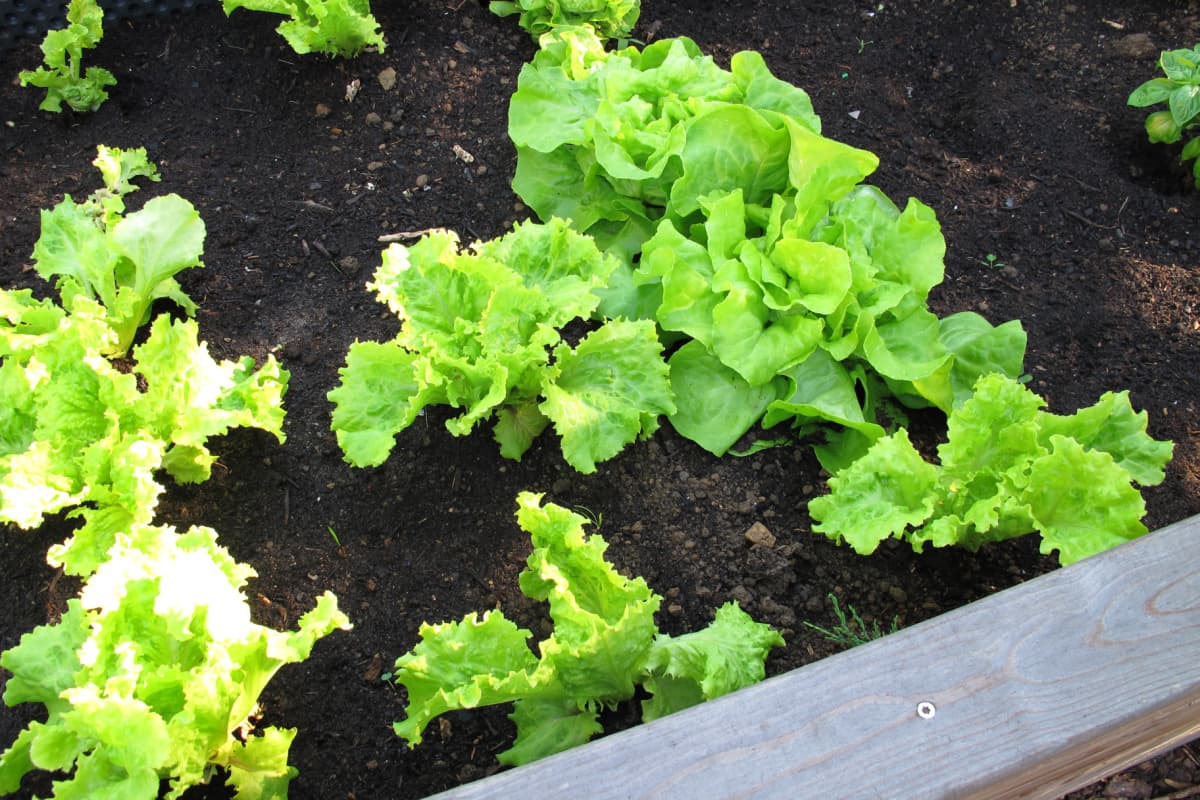
Growing strawberries
For successful strawberry cultivation, choose a well-draining soil mix and add organic matter to improve soil quality.
Plant the crowns at soil level, ensuring the roots are fully covered.
Space the plants about 12 inches apart, in rows 24 inches apart.
Water regularly to maintain consistent soil moisture.
Keep an eye out for pests and diseases, and remove any affected leaves or fruit promptly.
Growing tomatoes
To grow healthy tomato plants, start with a nutrient-rich soil mixture and add organic matter like compost.
Place your plants about 18-24 inches apart, giving them ample room to grow.
Provide support with stakes or cages and tie plants loosely as they grow, this prevents breakage and promotes air circulation.
Water the plants consistently and deeply to encourage strong root development and avoid blossom end rot.
Regularly remove suckers and prune the lower leaves to improve airflow and prevent diseases.
Raising green beans
Green beans thrive in well-drained raised beds with plenty of organic matter and nutrients.
Plant seeds 1-2 inches deep and space them about 3-4 inches apart.
Use a trellis or stakes for climbing varieties to provide support.
Water your green beans consistently, ensuring the soil is evenly moist.
Monitor your plants for pests and diseases, and address any issues promptly.
Cultivating root vegetables
When growing root vegetables, such as carrots and beets, in raised beds, ensure you have a deep and loose soil mix.
This allows the roots to grow well without obstacles. Sow seeds directly into the bed, spacing them according to the specific crop’s requirements.
Keep the soil consistently moist, but avoid overwatering. Once established, thin out the seedlings to allow adequate space for growth.
Regularly check for pests and diseases, and treat immediately if necessary.
Common mistakes and solutions
Avoiding overcrowding
One common mistake in raised bed gardening is overcrowding your plants. Overcrowding can lead to poor air circulation, decreased sunlight exposure, and increased competition for nutrients.
To avoid this issue, follow these tips:
- Consult the seed packet or your local garden center for information on the ideal spacing between plants.
- Use square-foot gardening or a grid system to help organize your plants and maximize space.
- Prune and thin plants as needed to maintain proper spacing.
Preventing raised bed mistakes
Another set of common mistakes revolves around the construction and maintenance of the raised beds themselves. Here are some solutions to ensure a successful raised bed garden:
Choose the Right Size and Location: Make sure your raised bed is wide enough so that you can easily access all areas for maintenance. Beds should ideally be no more than 3-4 feet wide and at least 6 feet in length for the best results. Also, locate your beds in an area with at least six hours of direct sunlight per day.
Select the Right Material: The kind of wood you use for constructing your raised bed is crucial. Galvanized steel is a great and affordable option. Avoid using treated wood, as the chemicals could leach into the soil and harm your plants. Instead, opt for untreated cedar or cypress, which are both naturally rot-resistant and durable.
Account for the Growing Season: If you live in an area with a short growing season, consider using a cold frame or greenhouse to extend your growing time and protect your plants from frost.
Remember, the key to a successful raised bed garden is to plan ahead, choose the right materials, and give your plants the proper care they need to thrive. By avoiding these common mistakes, you can enjoy a bountiful harvest and an enjoyable gardening experience.
In Conclusion
I hope you enjoyed this guide to raised bed gardening for beginners!
Let me know down in the comments if you have any questions or tips you want to add and happy gardening!

